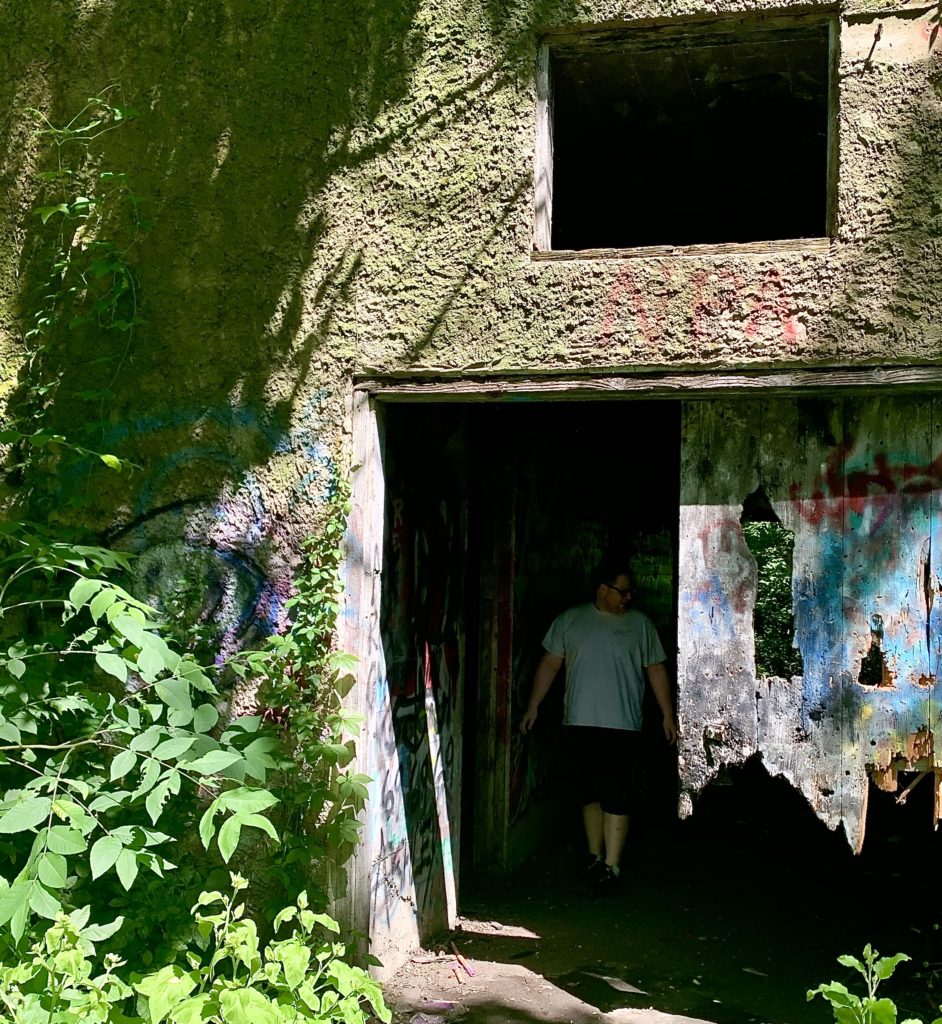Abandoned state hospital exploring presented a golden opportunity. Got a tip from a fellow explorer about an awesome location near the city of Faribault in south-central Minnesota. The old Faribault State School and Hospital first opened in 1879, and then went by many names in the many decades to follow. While there isn’t a lot left to see, what’s there, as well as the history behind it, is interesting.
Here’s a link to my photo album: https://www.facebook.com/chad.smith.75685/media_set?set=a.3257581964302217&type=3

It first opened at the Minnesota Institute for the Deaf, Dumb, and Blind opened up an experimental department for feeble-minded children. In July of that year, 15 children were transferred there from locations in Rochester and St. Peter, Minnesota.
Two years after the experimental facility opened, a contract was let in 1881 for construction of the new building, which would be built south of the School for the Blind that was once owned by Alexander Faribault. The building consisted of a three-story main section and a two-story annex to the south, with a full-length basement. Later on, the building was extended further south by adding a central tower and two sections, a similar style to the original two structures.

A short time later, the name would change to the Minnesota Institute for Defectives. As an aside, can you imagine those names going over well in this day and age? Me neither. However, the name changes didn’t stop there. In 1895, the facility took the name School for the Feeble-Minded. The name changes once again to the School for Feeble-Minded and Colony for Epileptics in 1906. The name became a little more generic when the institute became the Faribault State School and Hospital in 1955.
There would be one final name change before the facility would close. The name changed to the Faribault Regional Center in 1985 before closing a mere 13 years later.

Chad Smith)
When the school opened, it performed the functions of a school, a home, and a hospital. The three departments were the School and Training Department, Custodial or Home Department, and the Epileptic Hospital. During the school’s later years, its functions included reducing the dependencies of mentally disabled individuals, providing care, treatment, and training to help return people to as normal a life as possible, and assisting the families in coping with a mental disability, and many more.
The institution hit its peak patient population of 3,355 in 1955. It then became a receiving institution serving 28 counties in Minnesota. Just before closing, it served Hennepin, Dakota, Rice, Steele, and Freeborn counties, but individuals from many other counties in the state were still in residence.

According to most of the sources I could find, the patient population represented people of all ages and all types of mental disability. Many of the patients had physical disabilities as well. The institution finally closed for good on July 1, 1998.
The abandoned state hospital doesn’t have much left to it. It’s always amazing to me just how quickly nature moves to take over an area we humans abandoned. It’s only been 22 years since that place shut down and nature is re-claiming it rapidly.
It is just me or does an abandoned state hospital always seem to have a really interesting story?


building? (Photo by Chad Smith)

an adult car seat but I’m betting that’s not correct. (Photo by Chad Smith)
